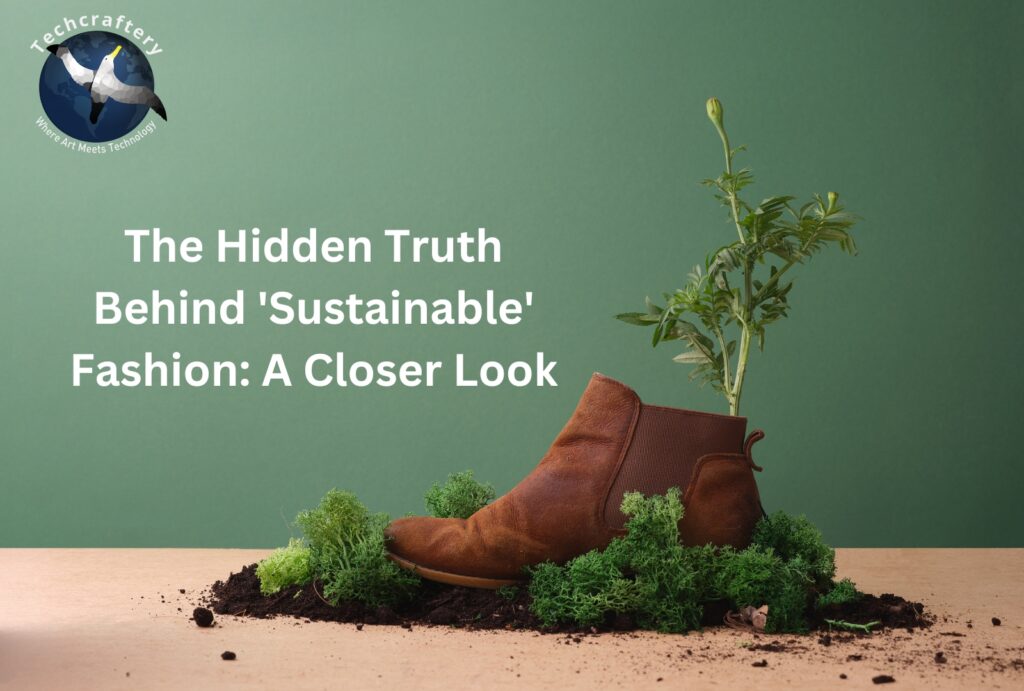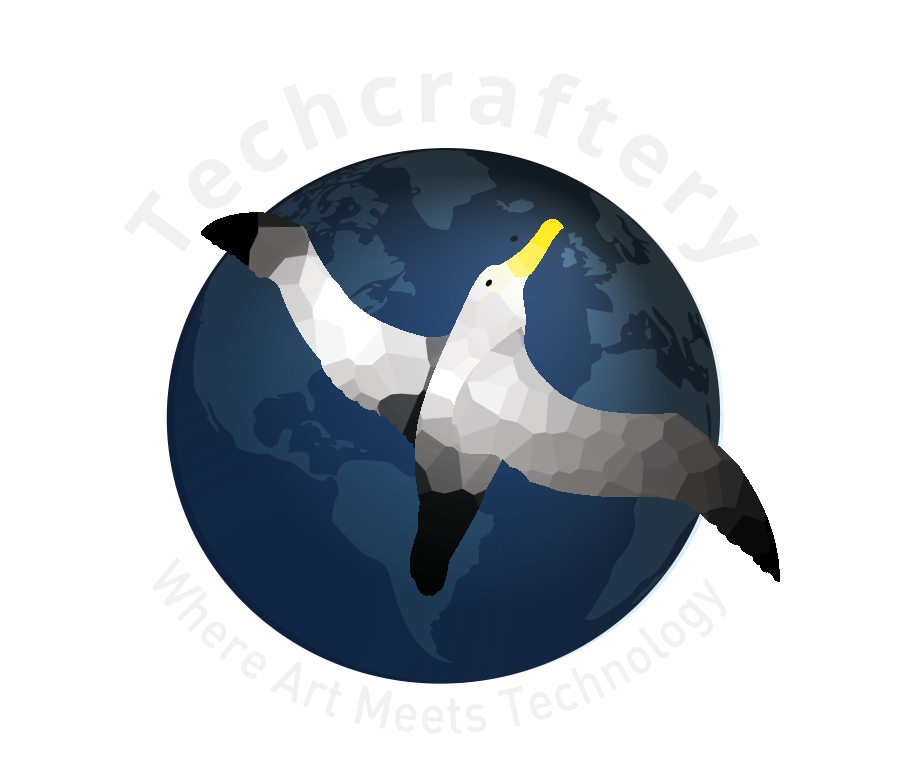The Hidden Truth Behind ‘Sustainable’ Fashion: A Closer Look

The fashion industry, long criticized for its environmental impact and ethical concerns, has recently embraced the concept of sustainability. As consumers become more conscious of their choices, brands are eager to label their products as “sustainable.” But what does this truly mean? Is sustainable fashion a genuine effort towards better practices, or is it merely a marketing tactic? This article aims to unravel the complexities of sustainable fashion, exploring its practices, the challenges it faces, and the reality behind the buzzword.
Understanding Sustainable Fashion
At its core, sustainable fashion refers to the design, production, and consumption of clothing that is environmentally friendly and socially responsible. This can involve a variety of practices, including:
- Eco-friendly Materials: Using organic, recycled, or renewable resources that minimize environmental impact.
- Ethical Labor Practices: Ensuring fair wages, safe working conditions, and respect for workers’ rights.
- Waste Reduction: Implementing practices that reduce waste during production and encouraging recycling and upcycling.
- Transparency: Providing clear information about sourcing, manufacturing processes, and labor practices.
While these practices sound promising, the reality is often more complex. Many brands tout their sustainability credentials without fully committing to the principles behind them, leading to questions about authenticity and transparency.
The Rise of Greenwashing
As sustainability becomes a buzzword, many companies engage in “greenwashing,” a term used to describe misleading claims about environmental practices. This tactic allows brands to appeal to environmentally conscious consumers while not making substantial changes to their practices.
For instance, a brand may introduce a single sustainable product line while continuing harmful practices in its main collection. By doing so, they create a facade of sustainability without addressing the systemic issues within their operations.
Greenwashing can take various forms, including:
- Vague Claims: Using terms like “eco-friendly” or “green” without concrete definitions or evidence.
- Focus on One Aspect: Highlighting one sustainable feature while ignoring others (e.g., using organic cotton but using toxic dyes).
- Misleading Certifications: Claiming sustainability certifications that are not verified or are irrelevant to the core practices.
Consumers need to be vigilant and discerning when evaluating brands’ sustainability claims. Researching the company’s overall practices, supply chain, and labor conditions is crucial.
The Challenges of Sustainable Fashion
While many brands genuinely strive for sustainability, several challenges hinder widespread adoption of sustainable practices in the fashion industry:
- Cost Implications: Sustainable materials and ethical labor practices often come with higher costs. Small brands may struggle to compete with fast fashion retailers that prioritize low prices over ethical considerations. Additionally, consumers accustomed to low prices may resist paying more for sustainable products.
- Supply Chain Complexity: The fashion supply chain is intricate, often involving numerous suppliers and manufacturers across different countries. Ensuring sustainable practices throughout this chain can be challenging and requires robust monitoring and auditing processes.
- Consumer Behavior: Many consumers prioritize price and convenience over sustainability. This mentality drives fast fashion’s popularity, making it difficult for sustainable brands to gain market share. Changing consumer behavior and preferences is crucial for the long-term success of sustainable fashion.
- Limited Awareness: While awareness of sustainability issues has increased, many consumers still lack a comprehensive understanding of what sustainable fashion entails. Educating consumers about the impact of their choices and the importance of sustainability is essential for driving change.
The Role of Innovation
Despite the challenges, innovation plays a pivotal role in advancing sustainable practices in the fashion industry. Several emerging technologies and concepts are shaping the future of sustainable fashion:
- Circular Fashion: This model emphasizes designing products for longevity, repairability, and recyclability. Brands that adopt circular fashion principles create clothing that can be easily disassembled and repurposed, minimizing waste.
- 3D Printing: This technology allows for on-demand production, reducing excess inventory and waste. Brands can create customized products tailored to consumer needs, reducing overproduction.
- Sustainable Fabrics: Innovations in fabric production have led to the development of materials made from recycled plastics, organic fibers, and even plant-based materials. These fabrics reduce reliance on traditional resources and lower environmental impact.
- Blockchain Technology: Implementing blockchain can enhance transparency in the supply chain, allowing consumers to trace the journey of their products from raw materials to finished goods. This transparency fosters trust and accountability among brands.
Brands Leading the Way
Several brands have successfully integrated sustainable practices into their operations, serving as examples for others in the industry:
- Patagonia: Known for its commitment to environmental and social responsibility, Patagonia uses recycled materials, promotes fair labor practices, and encourages customers to repair and recycle their products.
- Everlane: Everlane emphasizes transparency in its supply chain, providing customers with information about production costs, factories, and labor practices. The brand focuses on timeless designs and quality materials.
- Reformation: This brand prioritizes eco-friendly materials and sustainable production practices while offering trendy clothing. Reformation actively educates consumers about sustainability and promotes circular fashion initiatives.
These brands demonstrate that sustainability can coexist with profitability and success, proving that consumers are willing to support companies that align with their values.
The Consumer’s Role
Consumers play a vital role in shaping the future of sustainable fashion. By making informed choices and demanding transparency, they can drive change within the industry. Here are some ways consumers can contribute to sustainable fashion:
- Research Brands: Investigate brands’ practices and values before making a purchase. Look for certifications and transparency in their supply chains.
- Support Sustainable Brands: Prioritize purchases from brands that genuinely commit to sustainability and ethical practices. Supporting small, local brands can also have a positive impact.
- Practice Mindful Consumption: Buy only what you need, and consider the longevity of your clothing. Invest in quality pieces that will last longer, reducing the need for frequent replacements.
- Engage in Recycling and Upcycling: Find ways to recycle or upcycle old clothing instead of throwing it away. Many brands offer take-back programs that encourage consumers to return used items for recycling.
- Advocate for Change: Use your voice to advocate for sustainable practices within the fashion industry. Engage in conversations on social media, participate in campaigns, and support organizations that promote sustainable fashion.
The Future of Sustainable Fashion
As the demand for sustainable practices grows, the fashion industry must adapt and evolve. The shift towards sustainability is not just a trend but a necessary transformation to address pressing environmental and social issues.
The future of sustainable fashion will likely involve greater collaboration between brands, consumers, and organizations to create a more sustainable industry. Increased transparency, innovation, and consumer engagement will be crucial in driving this change.
As the fashion industry continues to navigate the complexities of sustainability, it is essential for consumers to remain informed and engaged. By understanding the hidden truths behind sustainable fashion, individuals can make choices that contribute to a more ethical and sustainable future.










